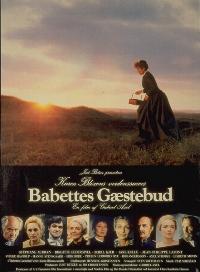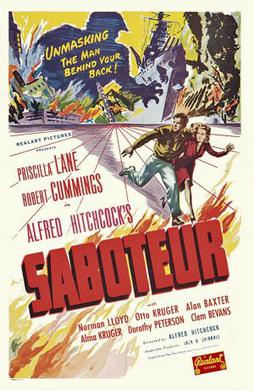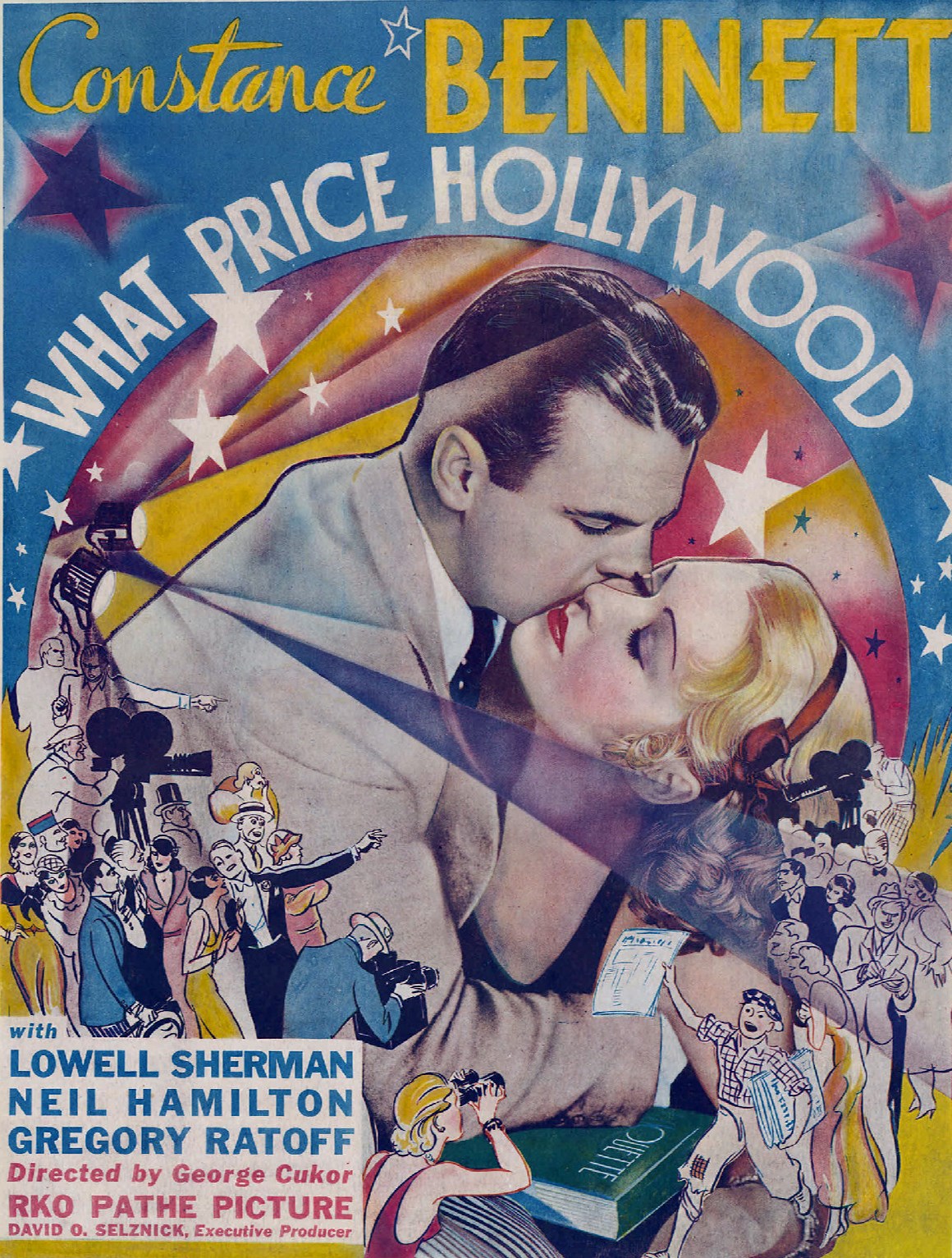 |
| Yukiyo Toake* and Go Kato* in Children of Nagasaki |
Maria Midori Nagai*: Yukiyo Toake
Grandmother: Chikage Iwashima
Makoto*: Masatomo Nakabayashi
Director: Keisuke Kinoshita
Screenplay: Keisuke Kinoshita, Taichi Yamada, Kazuo Yoshida
Based on writings by Takashi Nadai
Cinematography: Kozo Okazaki
Music: Chuji Kinoshita
I've seen only three films by Keisuke Kinoshita, but it's clear from those three that the director was haunted throughout his life by the tragedy that militarism inflicted on his country. Morning for the Osone Family (1946) is a depiction of what one family, divided by its attitudes toward the war, went through during its waning years. Twenty-Four Eyes (1954) is a sentimental yet oddly powerful anti-war film that takes place in a pastoral setting virtually untouched by bombing raids, yet deeply wounded by the conflict just over the horizon. Children of Nagasaki was one of his last films, and also one of his least known in the West -- it has no reviews on Rotten Tomatoes, a link to only one review on IMDb, and no entry at all in Wikipedia. But of the three it's the only one that directly confronts the physical horror of the war. It's essentially a biopic of Takashi Nagai, a physician who survived the nuclear explosion in Nagasaki and devoted himself to writing about the event and its aftermath, using his training as a radiologist to document the effects of radiation. Most of Nagai's writing was censored by the occupation authorities and not published until after his death in 1951 from leukemia, with which he had been diagnosed before the bomb fell on Nagasaki. In the film, Nagai is at work when the bomb is dropped, killing his wife. His two children are in the country with their grandmother, and with her help he goes about the task of rebuilding their home and their lives. The film, which begins with scenes from the visit to Nagasaki by Pope John Paul II in 1981, is suffused with Nagai's Roman Catholic faith, and while it's not clear if Kinoshita shared Nagai's faith -- the director is buried in a Buddhist cemetery -- he treats it with deep respect, even reverence. Children of Nagasaki is an uneven film, a little too heavily didactic, as the literally preachy use of the pope to open the film suggests. Three-quarters of the way in, Kinoshita suddenly and clumsily switches to a narrator, Nagai's grown son, reflecting on the life of his father. But he makes one striking choice: not to depict the horrors inflicted on the people of Nagasaki by the bomb at the point in the narrative when they occur, but instead to show them at the end of the film in a flashback, reinforcing the point that such a story can't really have a happy ending.
*These identifications are unconfirmed. IMDb lists only cast members and not the names of the roles they play. I've resorted to guesswork based on other sources in making the identifications. Corrections are welcome.








